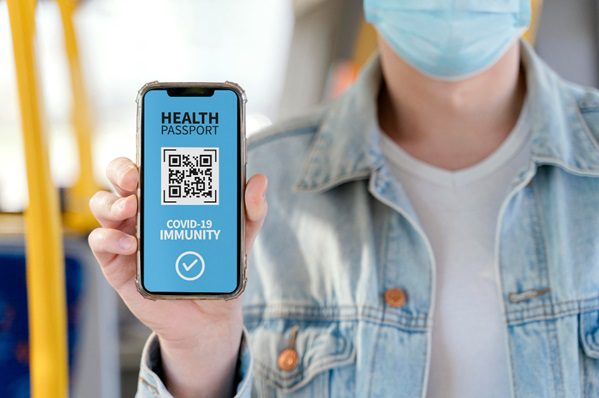QR codes are being actively implemented in medicine and healthcare. This technology opens up new prospects for improving the quality of patient care, optimizing the operations of medical institutions, and facilitating the work of doctors. Let’s look at the main areas of QR code applications in medicine. Doctors can use a QR code generator to create unique codes for patients’ medical records.
QR Code Use by Patients
The use of QR codes by patients in healthcare opens up new horizons for improving the quality of medical services and increasing the awareness of patients. With QR codes, patients can easily and quickly access their medical records, medical history, and test results directly from their personal accounts on the medical institution’s website. The QR code can contain all the information about the prescribed treatment, medication, and procedures, making the process of interaction with medical staff more transparent and clear. In addition, QR codes simplify the process of leaving feedback on visiting a healthcare facility, as the patient can quickly leave their feedback by scanning the QR code on the survey form. Thus, QR codes play an important role in simplifying patients’ interaction with medical data and the healthcare system, making this process more efficient and convenient for all participants.
QR Code Use by Medical Institutions
The use of QR codes by medical institutions opens up broad opportunities to optimize various aspects of their work. Here are some of the key applications of QR codes in the medical field:
- Speeding up workflow: QR codes on referrals, prescriptions, and medical records allow quickly and accurately processing of medical information, reducing time spent on administrative processes and minimizing errors.
- Labelling equipment, tools and medications: The use of QR codes for labelling greatly simplifies the accounting and tracking process, which is especially important given the high requirements for accuracy and safety.
- Informing patients: QR codes on information boards and booklets can provide patients with useful information about clinic services and operations, such as doctor hours, services offered, or promotions.
These and many other QR code applications help improve the efficiency of medical institutions, enhance patient service quality, and optimize internal processes.
QR Codes in Medical Staff Work
QR codes in the work of medical staff significantly facilitate routine processes and improve patient service quality. Doctors and medical workers get the following benefits from using QR codes:
- Quick access to patient data: Scanning the QR code on the patient’s medical card provides medical staff with instant access to their medical history, diagnoses, and prescribed treatment, which is important for the accuracy and timeliness of medical intervention.
- Monitoring prescribed medication intake: QR codes on medication packaging help monitor their intake by ensuring patients comply with the treatment regimen and preventing potential errors.
- Prompt information exchange between doctors: Internal QR codes allow quickly and securely sharing of important clinical information between doctors and departments, expediting decision-making and improving coordination.
QR codes make a significant contribution to improving the efficiency of medical staff, reducing time spent on administrative processes, and enhancing the quality of healthcare. Their use promotes a safer and more organized environment for both patients and medical workers, which in turn has a beneficial effect on the medical institution’s reputation.
Technology Development Prospects
Experts predict further distribution of QR codes in medicine due to a number of advantages they offer. Here are the main areas of QR code technology development in the medical field:
- Integration with medical information systems for data exchange: QR codes can become a bridge for exchanging data between various medical information systems, accelerating information transfer and improving coordination between healthcare institutions.
- Active implementation of telemedicine for servicing remote patients: QR codes can facilitate the process of identifying and serving patients remotely, which is especially relevant given the expansion of telemedicine services.
- Use in global public health systems, for example, for vaccination and epidemic control: Global public health systems can use QR codes to manage vaccination processes and monitor the spread of infections, providing quick access to important data and improving response to public health challenges.
Thus, the potential of QR codes in the medical sphere is huge and their active introduction can significantly increase the quality and accessibility of medical care all over the world.
Thus, QR codes open a new era in the development of medical technologies, and such advanced code generators as, for example, ME-QR make the use of this technology accessible to everyone. Their appliance contributes to the improvement of the quality of service, operational efficiency of medical care and general optimization of the health care system. QR codes will become an integral part of medicine of the future.
















